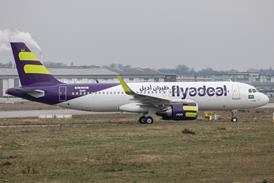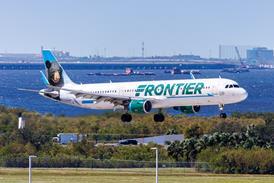Air force chief reveals plan to give next-generation combat aircraft new powerplant
The incoming head of the Russian air force has provided new details on the service's next-generation PAK FA fighter, revealing a two-stage development strategy which will include a competition to supply newly designed engines for the twin-turbofan-powered aircraft.
Speaking to the Russian media after his appointment last month, Gen Aleksandr Zelin said the PAK FA will initially use a powerplant derived from the Sukhoi Su-27's AL-31F, but with an increased thrust output of 32,000-33,000lb (142-147kN). A subsequent contest will seek an engine with the same weight and overall dimensions, but capable of generating a 35,000lb output, he revealed.
Commenting on complaints from engine maker NPO Saturn about a lack of state backing for the development programme, Zelin said providing funds now for the project's second phase would be premature. "We have to complete the first phase and then decide what to do next," he said. NPO Saturn general designer and technical director Mikhail Kuzmenko last month said work on the development of a new engine for the PAK FA had almost stopped. "All we can do is to use our own funds, but these are not sufficient to complete creation of such an engine," he said.
Although the PAK FA project is shrouded in secrecy, the first phase of its engine development work is understood to have brought forward two competing designs for programme leader Sukhoi to assess. NPO Saturn is considered the front runner as its 32,000lb-output Item 117 has already been selected to power the improved Su-35 and initial prototypes of the PAK FA, to fly from late 2008. The second-phase aircraft is expected to take to the air in 2012 with new engines.
MMPP Salyut is competing with M1, M2 and M3 developments of the AL-31F, with these delivering a series of thrust increases. The Russian air force accepted the AL-31FM1 last December for its upgraded Su-27SMs and Salyut last month performed a bench test of the M3-standard engine, achieving a thrust rating of 34,000lb, says general director Yuri Eliseyev.
Source: Flight Daily News























